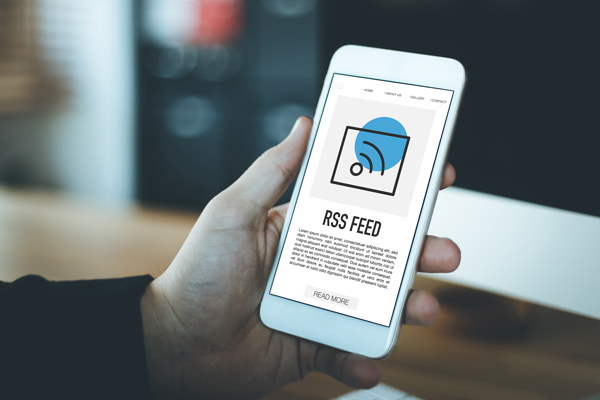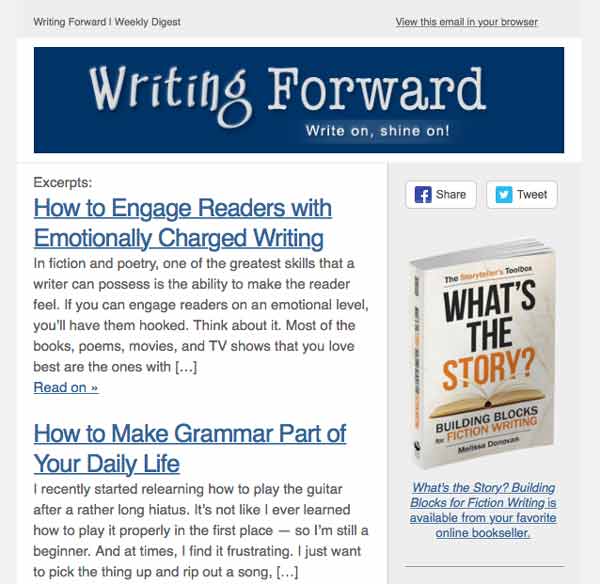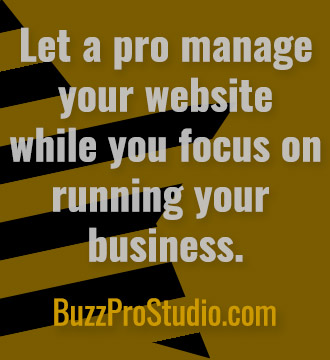Email marketing is an effective way to stay in touch with customers. There are countless ways to use email marketing; today we’ll focus on RSS campaigns, which are automated to send fresh content from your website to your mailing list.
Many small business owners struggle to keep their mailing lists engaged between product launches and special offers. An RSS email campaign is an excellent way to add content to your website on a regular basis and keep your mailing list active by sending that content to your subscribers.
What is RSS?
RSS stands for Really Simple Syndication, more commonly referred to as a feed. Consider a blog, podcast, or YouTube channel. The contents are a collection of posts, audio recordings, or videos that get published into an RSS feed that can stream content to various apps and devices. RSS can also be used to create aggregates, collecting various feeds into a single stream.
Email Marketing Service Providers
Email marketing services provide the tools you need to build a mailing list and then send campaigns to your subscribers. Most email marketing providers offer a free trial period or a free package with limited features.
My preferred email marketing service is Mailchimp. In addition to code that embeds sign-up forms on your website, Mailchimp offers robust tools for setting up a wide variety of email marketing campaigns, including RSS campaigns that are fully customizable and automated.
How RSS Campaigns Work
Every website that includes a blog section also comes with an RSS feed. It’s usually the URL (address) of your website with /rss or /feed at the end. Using the address of your RSS feed, an email marketing service can check your blog to see if there are any new posts. It then collects the new posts (or excerpts of posts) into an email and sends it to members of your mailing list.
Email marketing campaigns, including RSS campaigns, are pre-scheduled; you can set up your campaign to check your site and send its content to your mailing list once a day, once a week, or once a month.
The emails that go out to your list are customizable. Take a look at the customized and automated RSS emails I created for my blog, Writing Forward:
These emails go out as a weekly digest every Tuesday and contain excerpts from any posts that were published throughout the previous week with links so recipients can click through and read the full posts (there is also an option to include full posts within the automated emails). As you can see, the email is completely customized, allowing me to align the design with my brand and include key content, such as my books, which I want to share with my subscribers.
The header depicts Writing Forward’s logo and tagline, and the sidebar includes links that allow subscribers to share a web-based version of this email via social media (Mailchimp generates the web-based version). The sidebar also promotes my latest book with a link that takes readers to a page where they can learn more about it and purchase it. The text and colors are fully customizable, which is excellent for keeping email campaigns aligned with the aesthetic of your website.
Benefits of an RSS Campaign
If you’re already blogging, an RSS campaign is essential. It gives your readers the option to receive email notifications and links to your latest blog posts. If you’re not blogging, maybe it’s time to reconsider. The blog functionality on a website can be used in a variety of ways — from sharing tips and ideas to announcing product launches and special offers.
This results in a steady stream of new content for your customers with the added benefit of giving your website a boost with search engines. Even monthly updates can keep your website healthy and help you maintain a steady flow of business.
Buzz Pro Studio provides website services to small businesses and independent professionals, specializing in website design and maintenance. For more information or to get a no-obligation quote, contact me.
Melissa Donovan is the founder of Buzz Pro Studio, providing website services to small businesses and independent professionals.



